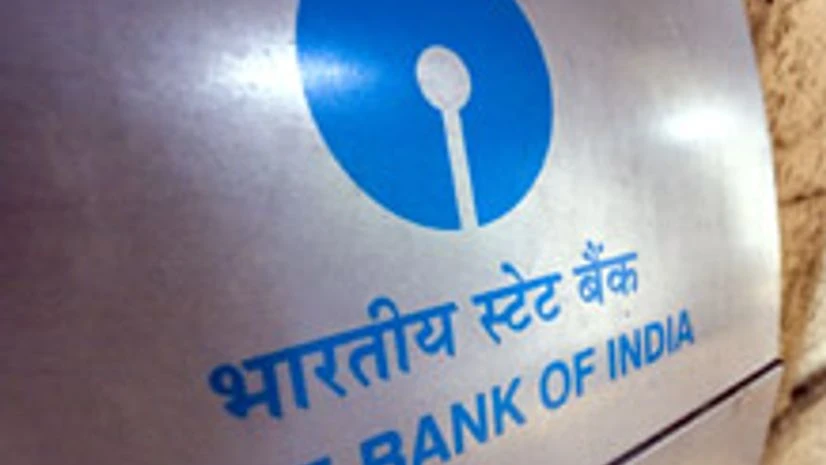If the State Bank of India (SBI) reports higher credit growth and lower deposit expansion during the current financial year, it could hit the bank’s margins, according to rating agency India Ratings. Such a scenario could also push the cost of funds for the country’s largest lender, the rating agency warned.
In the last financial year, SBI had reported 21 per cent growth in advances, while its deposits grew by 15 per cent, said India Ratings. In FY13, the banking sector saw non-food credit growth of 14 per cent, while deposit clocked growth 14.3 per cent, according to the Reserve Bank of India. The central bank has projected 14 per cent growth in deposits and 15 per cent in advances for the sector in FY14.
India Ratings said SBI’s high loan growth in FY13, if continued in FY14, with deposit accretion lagging, then it will lead to an increase in wholesale deposits. Further, the already-stretched loan-to-deposit ratio would limit the incremental margin gain on this account. This could negatively impact the cost of funds and thus margins, said India Ratings.
More From This Section
With 14,388 branches, high rural reach, and the status of the government’s flagship bank provide SBI with unmatched access to stable retail deposits, India Ratings noted. The funding cost has also benefitted from moderated loan growth in respect of its peers between FY10 and FY12, resulting in reduced reliance on wholesale funding, which partly funded the loan growth of peers.
The Casa deposits growth, however, has been moderating. While savings account growth has been impacted due to high interest rates in the system, current account deposits have declined sharply with the stretched working capital cycle of corporates and funds moving to liquid mutual funds.

)
